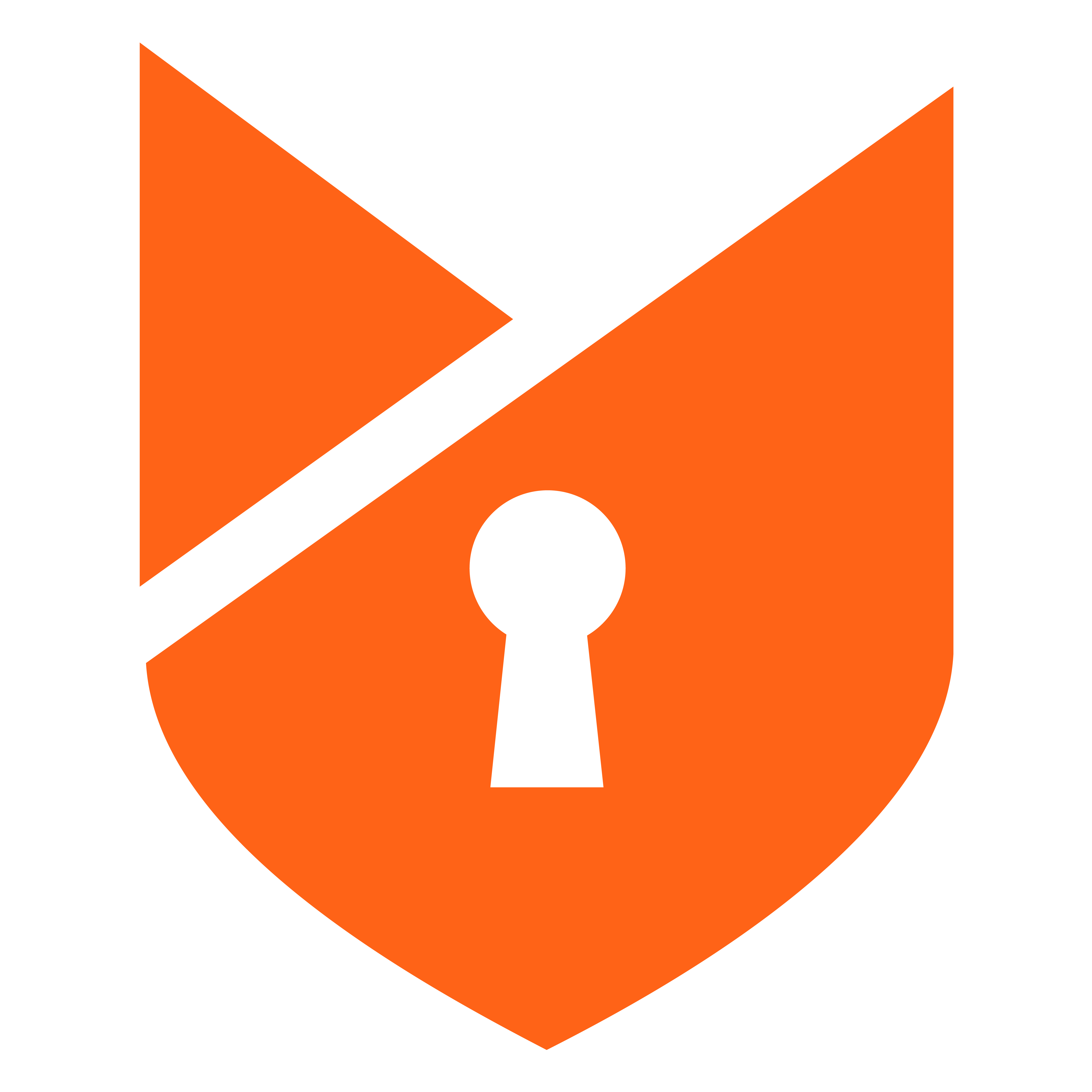Demystifying LDAP: The Key to Efficient Directory Services
 Foxpass
Foxpass
What is LDAP?
LDAP, or Lightweight Directory Access Protocol, is a fundamental technology that plays a vital role in managing user accounts, resources, and directories within computer networks.
How Does LDAP Work?
LDAP follows a client-server model, where LDAP clients request information from the LDAP server. The server, which hosts the directory data, responds to these queries.
LDAP operates on a set of rules and uses a query language to search for specific information within the directory. LDAP queries can be used to retrieve user information, authenticate users, or manage access controls, making it a versatile tool for directory services.
Real-World Applications of LDAP
LDAP is widely used in various industries and applications:
Authentication and Authorization: LDAP is commonly used for authenticating and authorizing users in a network, ensuring secure access to resources.
Device Management: LDAP can be used to manage and configure networked devices, such as printers and routers.
Whether you're a seasoned IT expert or just starting to explore directory services, LDAP server is a key concept to grasp for effective network management.
Subscribe to my newsletter
Read articles from Foxpass directly inside your inbox. Subscribe to the newsletter, and don't miss out.
Written by

Foxpass
Foxpass
Foxpass increases your organization's server and network security by ensuring employee accounts have access only to what they need. Our cloud-hosted LDAP and RADIUS systems help you bring best-practices to your infrastructure. And they're backed by your existing GSuite, Okta, or O365 accounts.